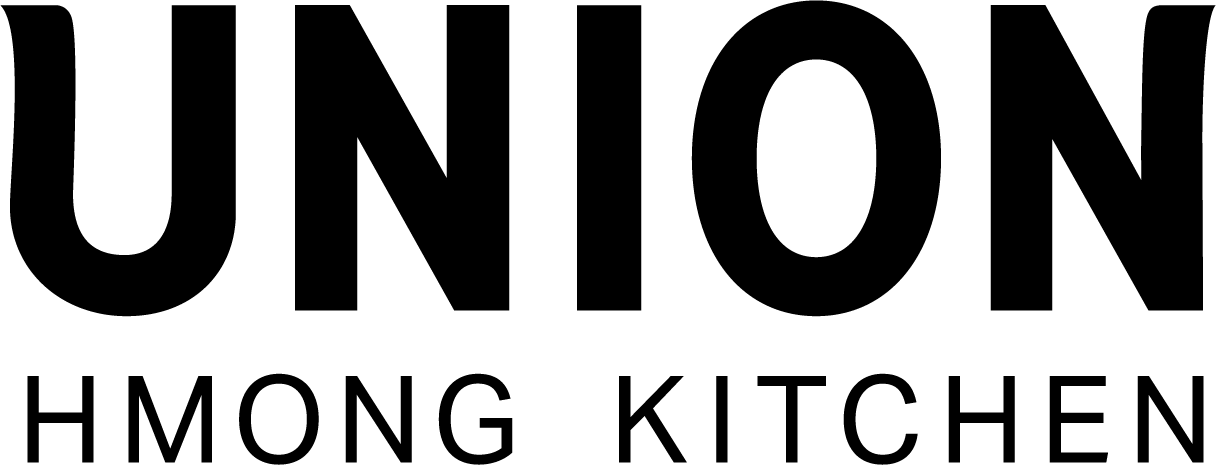What is
Authenticity in Food?
A note on the distinction and nuance of authenticity and tradition. Written by Yia Vang and Ming-Jinn Tong.
In the world of food commentary, a particular quality has distinguished itself as true north for navigating the seascape of restaurants & declaring for the masses what is best – and so often, what is not.
That true north, of course, is Authenticity.
In 2022, there is a lot of good to be said about the pursuit of Authenticity in food. For far too many years, the integrity of minority cuisines has been sacrificed on the altar of majority-culture palatability (and not just in the US, check out KFC’s menu in China). Spicy pickled cabbage has become simply pickled cabbage. The fiery, mouth-numbing tingle of Szechuan foods has become a tangy sweet syrup in the friendly yellow gloves of Ronald McDonald. The idea that Hmong Sausage could be made without pork is yet another casualty of pandering to majority preferences.
Yes, it is right to fight for the deep integrity of all cuisines, palatability for the outsider be damned. We all win when we all get to grow, cook, eat, and enjoy the foods that we well please.
But let’s ponder this question together: When does the healthy pursuit of Authenticity stifle, stagnate, and sacrifice other noble pursuits in food such as creativity, imagination, and exploration? This happens when the Inky Chop of Authenticity is grotesquely distended by the bloat of hyper-protectionism and becomes the Bloody Rod of Judgment.
Instead of readily stamping foods with declarations of Authenticity or striking it down as “This is not real [ethnicity] food”, let us stop to first ask the question: What creates Authenticity in food?
Authenticity is firmly, and necessarily, rooted in the identity of its maker. If a person sets out to make a dish from their own cultural, familial, tribal, national, or regional background – that dish will be authentic. Even if it lacks some key ingredient. Even if they didn’t make it exactly like they would at home. Even if they say it didn’t turn out “right”. Even if commentators don’t think it was made “the right way.” Why?
Because the maker, being authentically a product of their own background, imbues their food with Authenticity. A maker is the source of a food’s Authenticity. When that maker makes a dish from their own culinary heritage, acting within the bounds of their own integrity, the food they make is inescapably Authentic. Makers get to define what’s Authentic in their own food.
I can hear your objections mounting. Bear with me.
To further explore this idea, it may be helpful to introduce another term for the sake of comparison. That term is Traditional. Simply defined, Traditional means “how it’s been done by many – many times before.” When it comes to food commentary, the label of Traditional serves us in ways that Authentic may not.
When we apply any qualitative labels to food, we must be aware of the standards we are using to make these declarations – and the impact that these labels create.
The standard for applying the labels Traditional or non-Traditional is the standard of historical practices, techniques, and ingredients. The impact of these labels are honoring at best and observational at worst. To call a food item Traditional recognizes the similarity of the maker’s technique to past executions, which can bring honor to that maker. To call a food item non-Traditional recognizes the differences, but without bringing undue shame.
To label a food item Authentic or Inauthentic depends on a different standard altogether. Because, as we have said before, Authenticity is rooted in identity, declaring a food item Inauthentic can have the impact of calling into question the very identity of its maker. This, of course, can be very shaming for the maker, since the declaration of Inauthenticity attacks the very fiber of a maker’s being.
So can the two terms exist in harmony? Absolutely, and so they should.
Authenticity is about the identity of the maker, acting within the bounds of their identity to create food that is connected to who they are and what they love. Tradition is about the history of how makers have made foods in the past. Most importantly, however, is the recognition that the historical boundaries of Tradition do not define or dictate the boundaries of Authenticity.
Authenticity is a much, much larger circle than Tradition. Let’s be slow to beat someone down with accusations of Inauthenticity – consider instead that each of us are free to create and explore as we like.
Let’s not stifle the imagination of others with attacks on their Authenticity. Instead, let’s recognize that makers, acting with integrity, can impart Authenticity to new traditions. And by that pioneering effort, the food world moves forward to wonderful new places.
